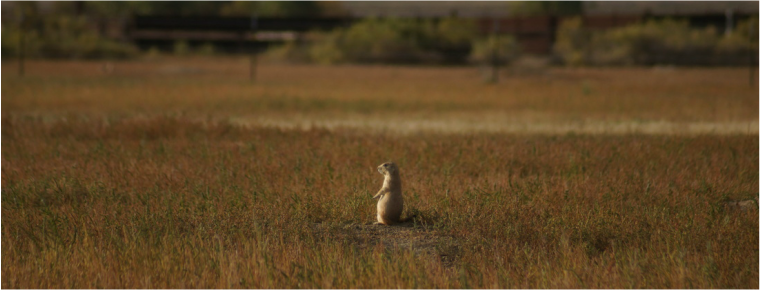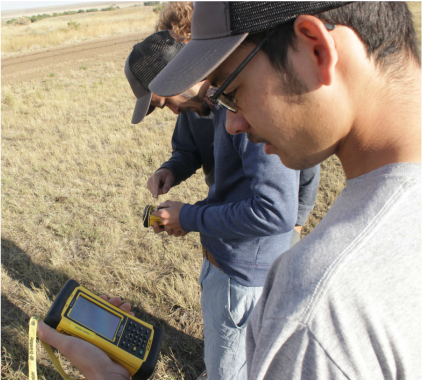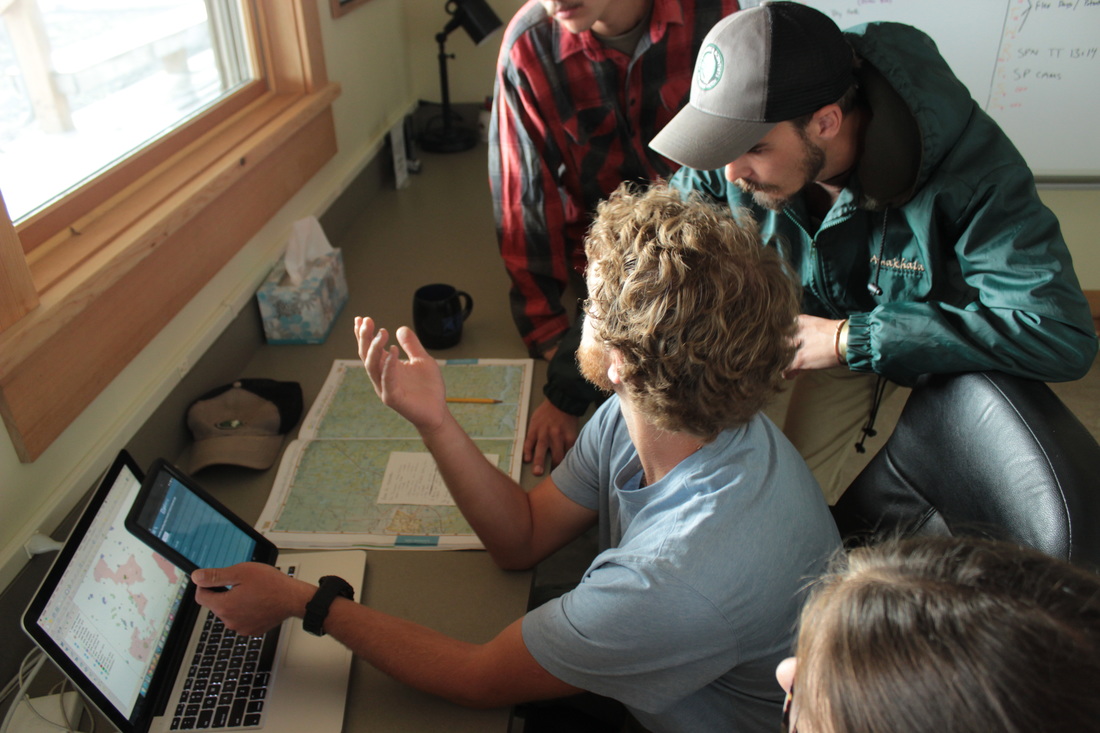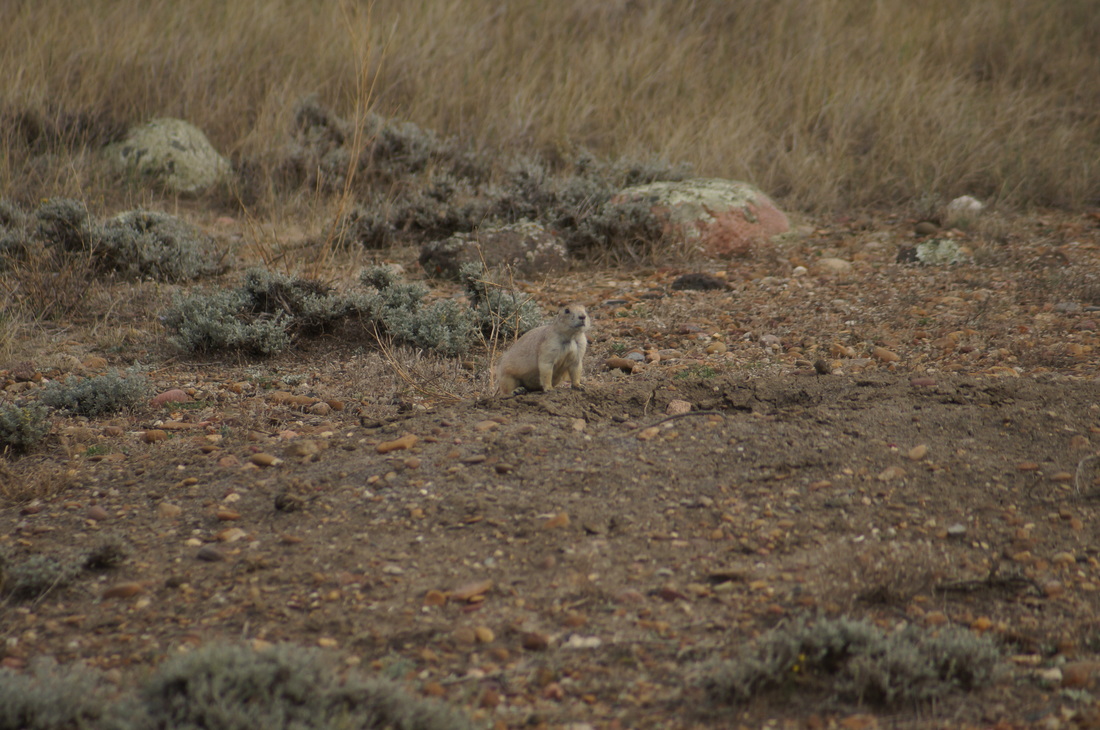
Writing and Photography by Peter Lu DetwilerASC Landmark Crew Member
The prairie’s vast sea of grass supports large grazing species, from pronghorn antelope, mule deer and elk to bison. However, ungulates are not the keystone species in this diverse ecosystem; for this biodiversity, we can thank a rodent. Just as beavers shape forested landscapes by creating ponds and wetlands that support a variety of life, prairie dogs provide symbiotic relationships for certain species inhabiting the sagebrush steppe.
Medium-sized members in the squirrel family, prairie dogs dig and live in burrows and feed on grasses. Their tunnel systems create a moist, temperate environment that provides crucial habitat for other species in this otherwise harsh and arid landscape.
Burrowing owls, for example, nest and roost in burrows or tunnels, and rely on species such as prairie dogs to create them. Rattlesnakes and tiger salamanders are also commonly found denning in prairie dog burrows. Amphibians would not be able to survive dry spells without these humid tunnels. Other rodents such as mice can be seen going in and out of prairie dog mounds. Mustelids inhabit the edges of the prairie dog colonies, including the highly endangered black-footed ferret, a species totally dependent on utilizing pre-existing burrows.

Prairie dogs graze heavily in the area surrounding and within a colony, providing nesting opportunities for birds such as mountain plovers, which need bare ground to forage for insects, according to the Cornell Lab of Ornithology These grazed areas are high in nutrients from their repressed growth state—a perfect combination for ungulates.
Within the last 150 years, the number of prairie dog towns has decreased due to habitat loss by human eradication and the plague. Prairie dogs now cover less than 2 percent of their former range, their towns greatly fragmented.
One of our duties as Landmark volunteers is to map prairie dog towns, with the objective of learning whether towns are growing or shrinking throughout the American Prairie Reserve. We drive out to known prairie dog towns—some been mapped by previous Landmark crews and others that need to be mapped—and we split tasks.
One of us does the physical mapping with the use of a Trimble Nomad, a rugged handheld computer with a highly accurate GPS and a mobile version of ArcMap, a GIS mapping program. The person with the device walks around the perimeter of the prairie dog town, and the GPS will automatically be gathering points to create a GIS polygon, which could ultimately have a perimeter several miles long. The other crewmembers spread out and look for prairie dog holes, some of which are are hidden in the taller grass.
In addition to scouting out the holes, we also look for the other wildlife found on the town, and we record these observations on the table in GoFormz. We often see coyotes, rattlesnakes, cottontails and raptors such as golden eagles, ferruginous hawks and northern harriers.
Because prairie dogs are so important to biodiversity on the prairie, it is exciting to be part of monitoring their towns and collecting the data that may help protect and conserve them and other species that count on them for their survival.




